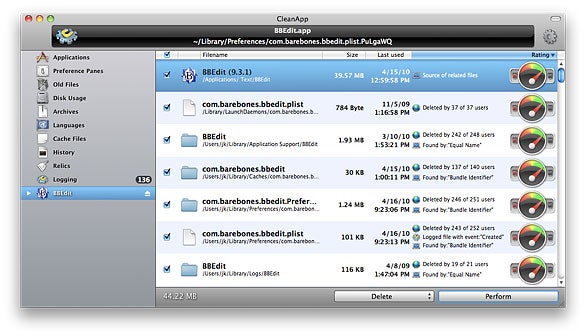How Do I Uninstall Microsoft Office 2008 On My Mac
Latest Updates!
Site Navigation
Download updates from Office Mac or use AutoUpdate under Help in the menu bar. More Info on updates
Support our site SIGNUP FOR HOSTMONSTER.COM
Support our Site
Office365 Home Premium 1YR SubscriptionHow Do I Uninstall Microsoft Office 2008 On My Mac Computer

Uninstall Microsoft Office 2000
Mar 04, 2009 I am trying to FULLY uninstall my office 2008 then re-install with a new serial number. I did remove office as well as went into my library and deleted the files in the preferences folder and it did not work. It just kept the same serial number. What do i do? Go to Apple Menu System preferences System Accounts your account name (on the left) Login Items tab (on the right) and remove any Microsoft items. Go to Macintosh HD Applications and delete the 'Microsoft Office 2008' folder. Oct 10, 2019 After upgrading to Catalina, Microsoft Office 2008 will no longer work, so I would like to uninstall it. (I wasn't using it anyway, so I'd like to reclaim the space.) Ordinarily, when someone asks, 'How do I remove Office 2008?' The answer is 'Run the 'Remove Office' application.' Sep 20, 2015 Uninstalling Office 2008 for Mac In following the steps on 'How to completely remove Office 2008 for Mac, I got to Step 2.6 (dbl click Remove Office) and got the message that Office was NOT FOUND. However, I see it in Finder. I have just upgraded Office 2008 to 2011. I presumed that the 2008 version would be removed as the new one went in. How do I uninstall Office 2008 from my iMac? Open the Applications folder in the Finder (if it doesn’t appear in the sidebar, go to the Menu Bar, open the “Go” menu, and select Applications in the list), search for Microsoft Office 2008 application by typing its name in the search field, and then drag it to the Trash (in the dock) to begin the uninstall process.
Steps to re-install Office 2008
Follow these steps to reinstall: (useful when you are having problems updating)
 As that seed project evolves, the template evolves with it. No more using outdated templates!You’ll also have access to a library of to help you save time on setup.
As that seed project evolves, the template evolves with it. No more using outdated templates!You’ll also have access to a library of to help you save time on setup.
- Launch the Microsoft Autoupdater (MAU).To launch MAU, you can open any Office application and select 'Check for Updates' under Help in the Menu bar. Once MAU is launched, select 'Keep in Dock'
- Quit all Microsoft applications (Easy way: log out. When you log in, hold down the Shift key. This will disable all startup items including the hidden ones. It's important all Microsoft applications are quit, but quitting all applications will result in the best results. Any open application could be corrupted by the process.
- Drag the Microsoft Office 2008 folder to the Trash.
- Empty Trash.
- Reinstall Office 2008 from your original installation disk.
- Restart ( be sure you use the same log in with Shift key down between each update)
- Early Office CDs installed 12.0.0. (Later version came with 12.1.0 or 12.2.0. You can skip to step 9) Update to 12.1.0.
- Check this file after updating to 12.1.0 to be sure it is version 2.2.0.
/Library/Application Support/Microsoft/MAU2.0
- Check this file after updating to 12.1.0 to be sure it is version 2.2.0.
- Restart (restarting before you launch any app is important!)
- Update to 12.3.0
- Restart
- If you want to upgrade to EWS for Exchange support, go to Mactopia and download the latest EWS updater. It will update the Entourage app only to v13.x. It also updates the MAU so that future updaters will also update Entourage to the latest version. See Requirements for EWS. If you do not have an Exchange account you do not need to upgrade to EWS.
Note: some users have found that they need to use 'Remove Office' before re-install clears the problem. See this page for help using 'Remove Office'

I try to keep this page updated to show the latest updaters. So far Microsoft has been rolling previous updaters into a combo updater that makes updating so much easier and quicker. You can check this page for the latest updates or look in the left sidebar column under latest update.